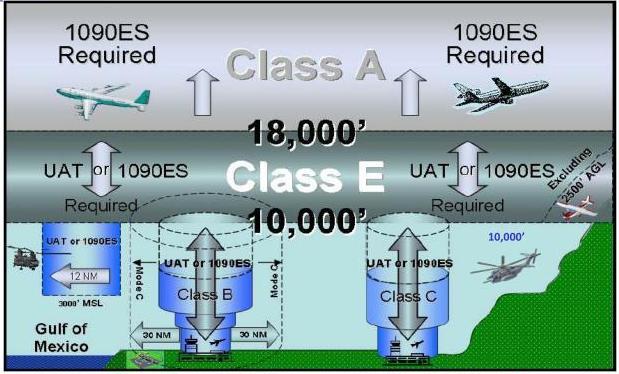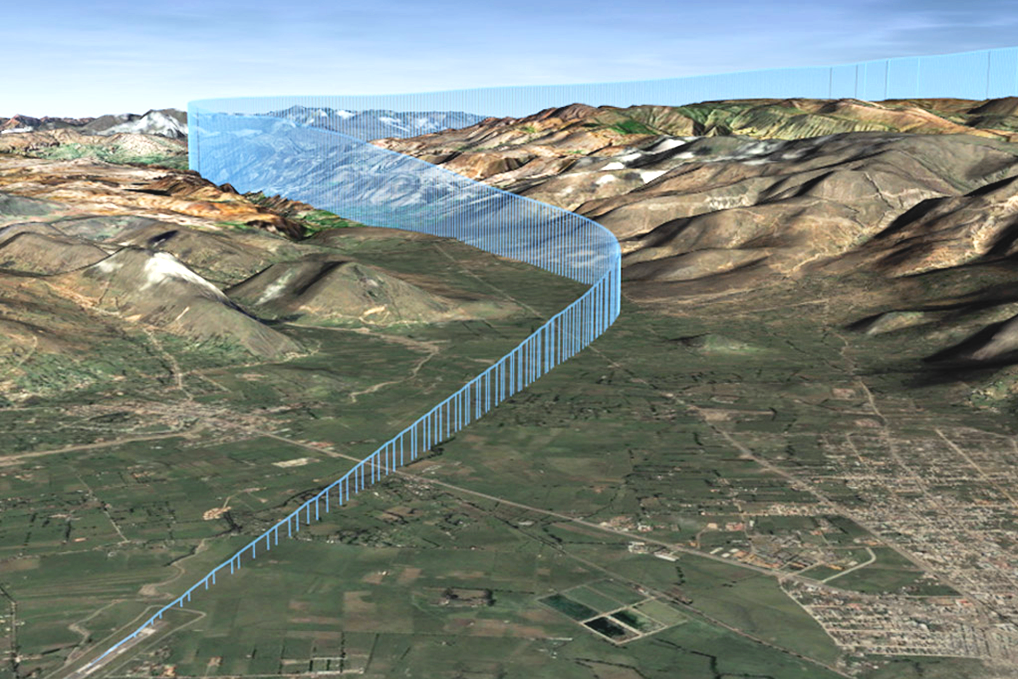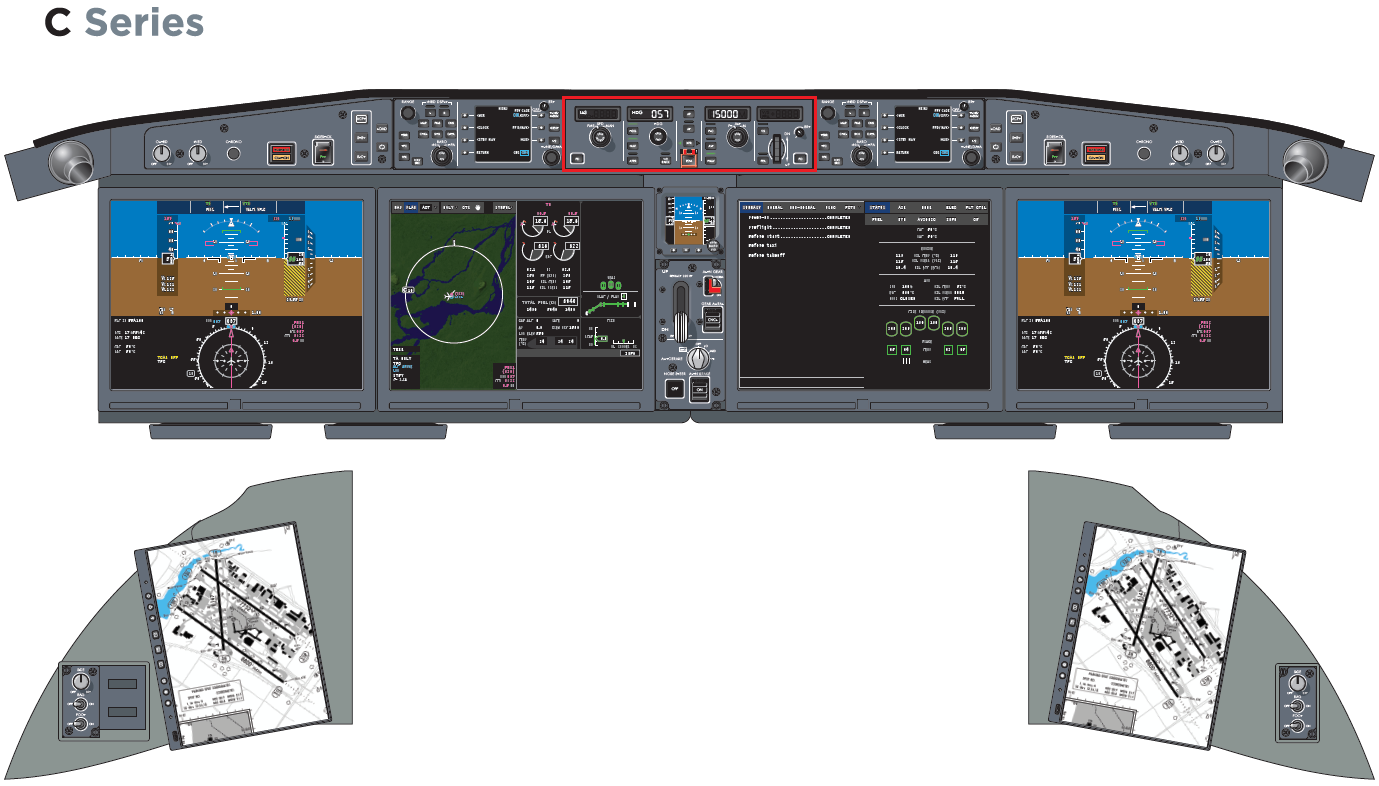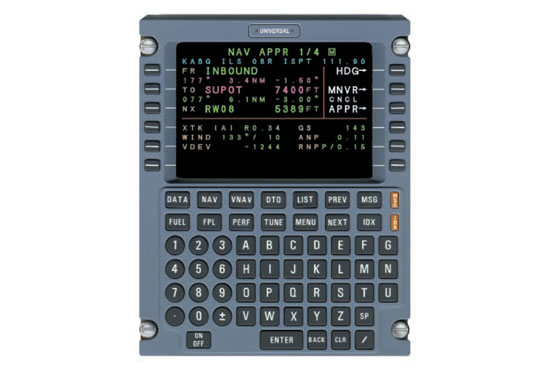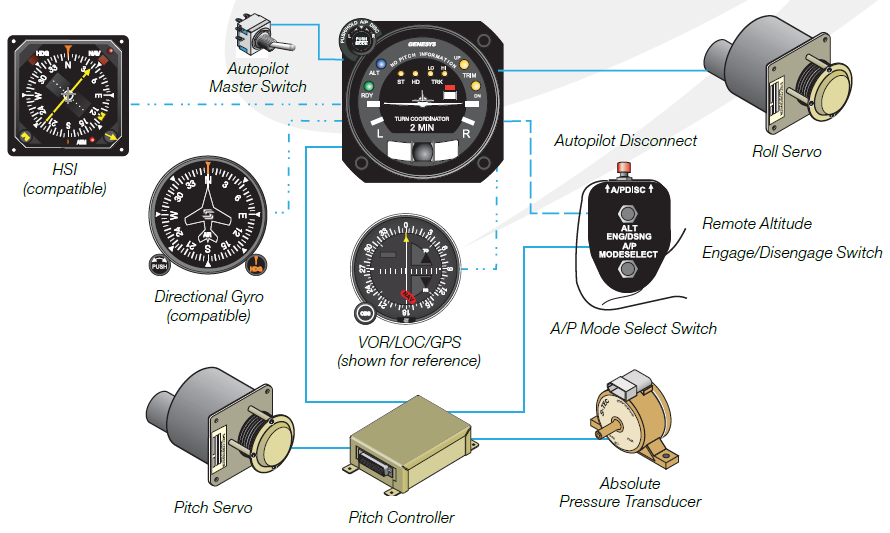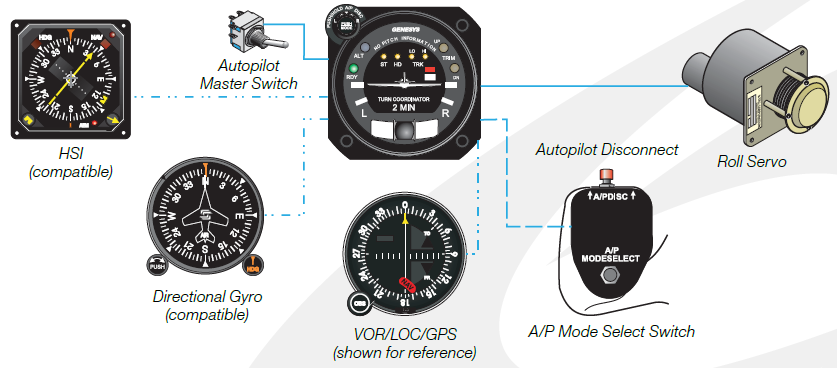Leeham News and Analysis
There's more to real news than a news release.
Bjorn’s Corner: Largest navigation change since radar, Part 2
June 22, 2018, ©. Leeham News: Last week we started a series of Corners that deal with the largest navigation change since VOR and Radar was introduced after the Second World War.
It’s about leaving radars and transponders to keep track of where aircraft are, letting an ADS-B transmitter/receiver in the aircraft take over this role.
Bjorn’s Corner: Largest navigation change since radar
June 15, 2018, ©. Leeham News: The worldwide aviation is heading for its largest navigation change since VOR and Radar was introduced after the Second World War.
When scheduled airline traffic started in the late 1920s, navigation was with maps and when the weather was bad, through Low-Frequency Radio beacons. Then the VOR and Radar were introduced. Now we will replace these as well.
Bjorn’s Corner: Aircraft stability, Part 9
June 8, 2018, ©. Leeham News: In the last Corner we discussed how a pilot uses the advanced Automatic Flight Control System (AFCS) on modern high-end business jets and airliners.
Now we will discuss what separates the high-end (and expensive) systems from the less capable we described before. It’s about flying difficult routes which contain demanding takeoffs and approaches.
Bjorn’s Corner: Aircraft stability, Part 5
May 11, 2018, ©. Leeham News: In the last Corner, we discussed more capable autopilots used in general aviation aircraft and the Attitude and Heading Reference System (AHARS) we needed to go to more advanced autopilots.
We will now discuss the more advanced autopilots one finds in Turboprops and entry-level Business jets.
Bjorn’s Corner: Aircraft stability, Part 4
May 4, 2018, ©. Leeham News: In the last Corner, we discussed basic autopilots used in general aviation aircraft. The key components for such a system are shown in Figure 1.
Now we will go to more advanced autopilots. We will start with describing the sensors such autopilots need.
Bjorn’s Corner: Aircraft stability, Part 3
April 27, 2018, ©. Leeham News: In the last Corner we discussed the problems with the long term stability of an aircraft. The aircraft deviates gradually in pitch, roll and in a combined yaw and roll mode if left without pilot input.
To hand fly such an aircraft on long routes is tiresome (been there, done that). For these occasions, one needs an assistant, an autopilot.
Read more
Bjorn’s Corner: Aircraft stability, Part 2
April 20, 2018, ©. Leeham News: In the last Corner, we discussed how to stabilize an aircraft in pitch so it could fly stably straight ahead. For this, we needed a horizontal tail which had a negative lift.
This will buy us a short-term pitch stability, but not a long-term one. Why we will explain in this Corner.


